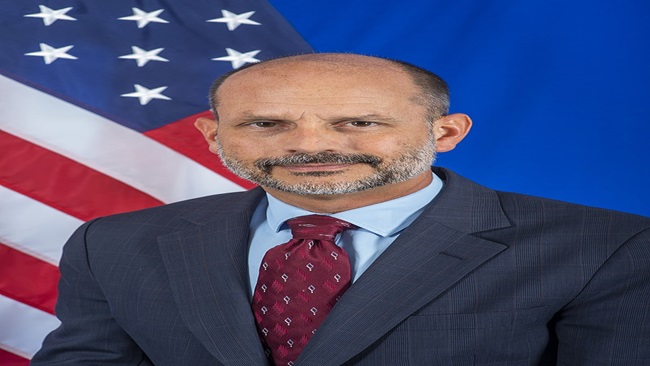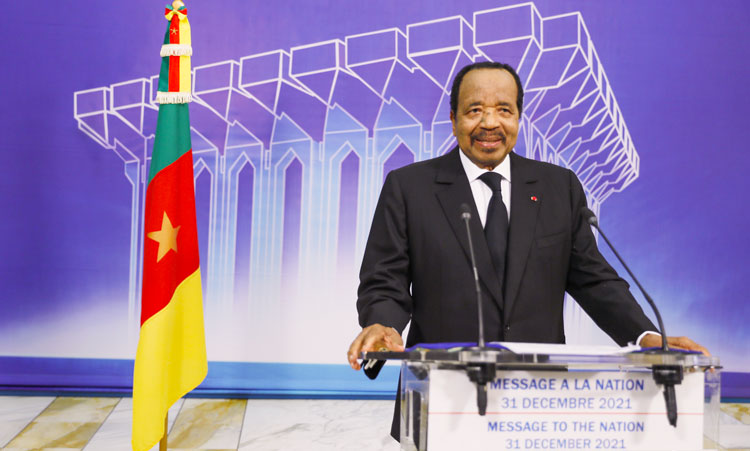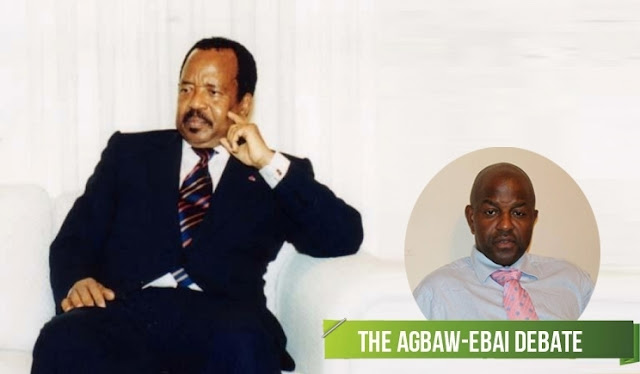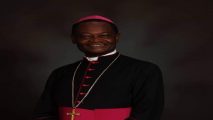Categories
Archives
- April 2025
- March 2025
- February 2025
- January 2025
- December 2024
- November 2024
- October 2024
- September 2024
- August 2024
- July 2024
- June 2024
- May 2024
- April 2024
- March 2024
- February 2024
- January 2024
- December 2023
- November 2023
- October 2023
- September 2023
- August 2023
- July 2023
- June 2023
- May 2023
- April 2023
- March 2023
- February 2023
- January 2023
- December 2022
- November 2022
- October 2022
- September 2022
- August 2022
- July 2022
- June 2022
- May 2022
- April 2022
- March 2022
- February 2022
- January 2022
- December 2021
- November 2021
- October 2021
- September 2021
- August 2021
- July 2021
- June 2021
- May 2021
- April 2021
- March 2021
- February 2021
- January 2021
- December 2020
- November 2020
- October 2020
- September 2020
- August 2020
- July 2020
- June 2020
- May 2020
- April 2020
- March 2020
- February 2020
- January 2020
- December 2019
- November 2019
- October 2019
- September 2019
- August 2019
- July 2019
- June 2019
- May 2019
- April 2019
- March 2019
- February 2019
- January 2019
- December 2018
- November 2018
- October 2018
- September 2018
- August 2018
- July 2018
- June 2018
- May 2018
- April 2018
- March 2018
- February 2018
- January 2018
- December 2017
- November 2017
- October 2017
- September 2017
- August 2017
- July 2017
- June 2017
- May 2017
- April 2017
- March 2017
- February 2017
- January 2017
- December 2016
- November 2016
- October 2016
- September 2016
- August 2016
- July 2016
- June 2016
Featured
 Prosecution of journalists in Cameroon: European Parliament says enough red flags have been ignored
Prosecution of journalists in Cameroon: European Parliament says enough red flags have been ignored  1982-2025: How long will Biya hang on?
1982-2025: How long will Biya hang on?  How Biya and Archbishop Nkea protected the sanctity of the family in Cameroon
How Biya and Archbishop Nkea protected the sanctity of the family in Cameroon  October Presidential Election: Will 92-year-old Biya be re-elected?
October Presidential Election: Will 92-year-old Biya be re-elected?  Why is Biya seeking re-election?
Why is Biya seeking re-election?
Most Commented Posts
 4 Anglophone detainees killed in Yaounde
4 Anglophone detainees killed in Yaounde
18 comments Chantal Biya says she will return to Cameroon if General Ivo Yenwo, Martin Belinga Eboutou and Ferdinand Ngoh Ngoh are sacked
Chantal Biya says she will return to Cameroon if General Ivo Yenwo, Martin Belinga Eboutou and Ferdinand Ngoh Ngoh are sacked
13 comments The Anglophone Problem – When Facts don’t Lie
The Anglophone Problem – When Facts don’t Lie
12 comments Anglophone Nationalism: Barrister Eyambe says “hidden plans are at work”
Anglophone Nationalism: Barrister Eyambe says “hidden plans are at work”
12 comments Largest wave of arrest by BIR in Bamenda
Largest wave of arrest by BIR in Bamenda
10 comments
Latest Tweets
Featured
-

Race for Etoudi: CDU condemns fake CPDM polls
-

Mobile Money drives over 5% of Cameroon’s GDP
-

40 Cameroonian nationals arrested in Ghana for internet fraud, human trafficking
-

US: Michelle Obama dismisses divorce rumours
-

Minister Laurent Esso returns to Yaoundé after medical treatment
-

Kumbo Diocese issues “urgent alert” on human trafficking surge
-

CPDM Crime Syndicate: New National Assembly building to be named ‘Paul Biya Glass Palace’
© Cameroon Concord News 2025
29, March 2020
COVID 19: Father Maurice Agbaw-Ebai says Jesus will raise new life from the present time, ushering a new reality in human history 0
by soter • Editorial, Headline News
The Believer and Lazarus of Bethany
“Master, the one you love is ill” (John 11:3)
Dear Holy People of God of Ste Anne’s Parish Family,
Good is good, all the time, and all the time, God is good!
The Gospel of this Sunday presents us with the resuscitation of Lazarus, which is very different from the resurrection of Jesus. The former, Lazarus, dies again, as is evident from the text itself: “Meanwhile a large number of Jews heard that he (Jesus) was there and came not only on account of Jesus but also to see Lazarus whom he had raised from the dead. Then the chief priests decided to kill Lazarus as well, since it was on his account that many of the Jews were leaving them and believing in Jesus” (John 12: 9-11).
With resuscitation, Lazarus returns to biological life, subjected once more to the laws of Aristotelian Categories or Newtonian physics, that is, the operations of space and time. He could once again feel tired, hungry and thirsty. Lazarus, brought back to life by Jesus, was still subjected to all that characterizes the human condition. But with the resurrection, there is the entry into the power of God, into the being of God, a power and being that is beyond space and life, beyond the laws of physics. The resurrection is the definitive otherness. There is a new form of existence, what Paul struggles to explain, “we teach what scripture calls: the things that no eye has seen and no ear has heard, things beyond the mind of man, all that God has prepared for those who love him” (1 Corinthians 2:9).
From the perspective of the inner logic of the Hebrew Bible otherwise known as the Old Testament, the “scandal” of the resurrection of Jesus resides in the fact that history continued, after Easter Sunday. Judaism, at least in the form that developed and as witnessed to by prophets such as Ezekiel, the book of the Maccabees and the book of Daniel, gradually arrived at the understanding of a resurrection from the dead. But this was understood to mark the end of history, that is, the end of time and space, wherein history will enter into the definitive reality of God, so that God will become all in all (1 Corinthians 15:28). In other words, history was not supposed to continue after Easter Sunday. There was therefore, a sense of a definitive end-of-timeness, an eschaton, that marked the understanding of resurrection faith in Judaism. Martha gives voice to this eschatological (end-of-time) understanding of the Jewish understanding of resurrection in this Sunday’s gospel, when she says to Jesus: “I know he (Lazarus) will rise again at the resurrection on the last day” (John 11:24). And herein lies the scandal of the resuscitation of Lazarus, because, correctly understood as St John the Evangelist does, it marks the definitive pointer to the resurrection of Jesus. And yet, as it was with Lazarus and as will be seen with the resurrection, history, understood as the measurement of time, does not come to an end.
In the theology of the Gospel of John, the raising of Lazarus by Jesus is the definitive sign pointing to the Lord’s passion, death and eventual resurrection. St John even gives us certain “passion details” around the Lazarus narrative: “(…) From that day they were determined to kill him (Jesus) (John 11:53); “Six days before the Passover, Jesus went to Bethany, where Lazarus was, whom he had raised from the dead” (Jon 12:1). The cloud of the darkness of death was clearly in the horizon, with the sign of the raising of Lazarus.
Dear Holy People of God, like the Blind Man of Last Sunday’s Gospel, Lazarus represents all of humanity that is dead, and that Jesus seeks to bring back to life, not just biological life, that is, life in this world, but eternal life, that is, life with God. During these days in which our beloved city of Salem and the wider world is suffocating under the pandemic of the COVID 19, the cry of Martha and Mary to Jesus is ours, in a very real, pragmatic and existential sense: “Master, the one you love is ill” (John 11:3). The concrete situation of the world of COVID 19 brings these words to a shocking realism: Our world is literally “ill.” But Bethany teaches us that there will be a raising to new life. Lazarus of Bethany reminds us that the power of God will break into the world of COVID 19, and that the power of God is stronger than death. Bethany teaches us that even if we feel that the Lord is delaying in coming with his power, that the Lord is slow in responding to our cry, as Martha and Mary felt – “Martha said to Jesus, ‘if you had been here, my brother would not have died (…) (John 11:21); “Mary went to Jesus, and as soon as she saw him she threw herself at his feet, saying, ‘Lord, if you had been here, my brother would not have died” (John 11:32); “Martha said to him, “Lord, by now he will smell; this is the fourth day” (John 11:39); – the Lord’s belatedness, the Lord’s “four days” of lateness in coming, eventually turns out to be just on time, for as Augustine points out in book XI of the Confessions, time, that is, past (memory), present (sight) and future (expectation), are all present, with the Lord: the past is the present of the things past; the present is the present of things present, and the future is the present of things future. “All time belongs to Christ,” as we profess on Easter Night in the ceremony of the lighting of the Easter Candle. Hence, let us remember that even the present time is in the hands of the Lord, and that the Lord will raise new life from the present time of COVID 19, ushering a new reality in human history which we as yet cannot fathom but which we can already see with the eyes of faith, that faith of Martha and Mary that we encounter in today’s gospel.
In Martha and Mary, the believer and the Church finds what we can and must do, besides the reasonable precautionary measures of body hygiene and social distancing, namely, to cry to the Lord in prayer: “Master, the world you so love (John 3:16), is ill” (John 11:3). We too cry out, “Master, our world needs to be raised from death. Jesus, do not let us be without you in the Sacraments for too long. Jesus, do not delay in coming into the world of the here and now, and of putting an end to this pandemic. Help all our medical personnel who are on the frontline of this battle. Help the efforts of all researching for cures and vaccines. Grant the joy of your presence to the dead and your consolation to the living. Grant serenity to our anxious hearts. And May we feel the maternal closeness of your Mother, Mary, Help and Comforter of the Afflicted,” now and always, Amen. My Holy Mass this Sunday will be offered for all the families of our Ste Anne’s parish family. May the Lord bless you and be close to you. May the Lord let his face shine upon you and be gracious to you. May the Lord fill you with is peace
By Fr Maurice Agbaw-Ebai
Sainte Anne Parish, Boston